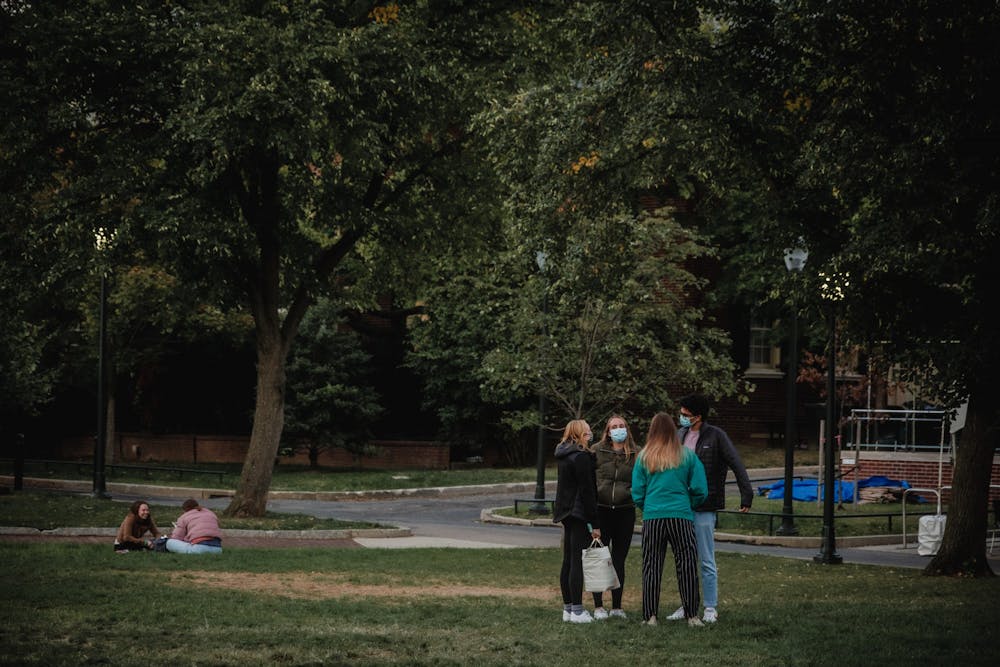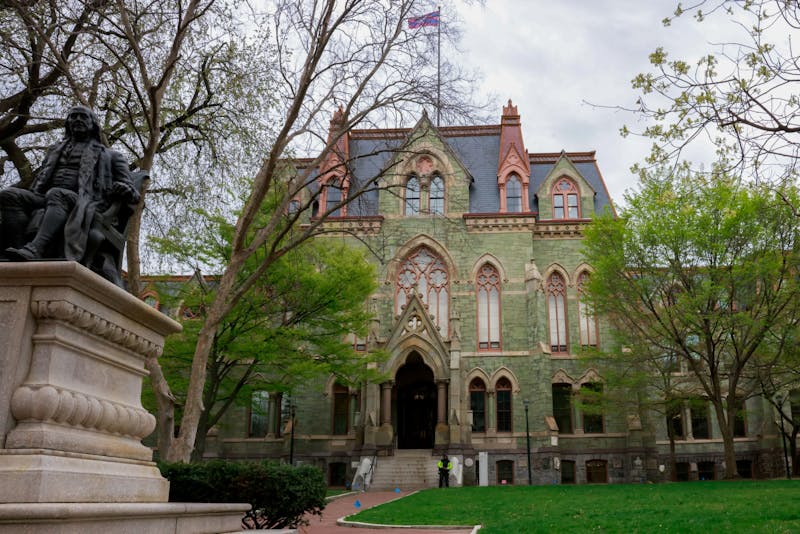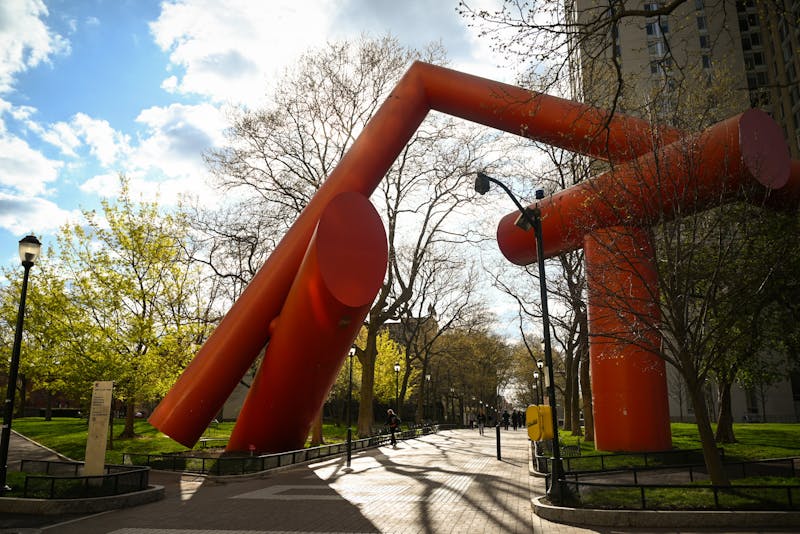
Penn's 107 reported COVID-19 cases for the week from Oct. 24 to Oct. 31– the semester's highest weekly count – were largely due to three household spreads, according to Chief Wellness Officer Benoit Dubé.
Out of the 107 new cases, 90 were undergraduate students with 17 new cases reported among graduate students, faculty, staff, and other Penn affiliates. The week's 2.20% positivity rate marked only the second time this semester that the positivity rate climbed above 2% since the week of Sept. 6 to Sept.12.
Dubé told The Daily Pennsylvanian in an interview on Tuesday that the explanation for both spikes in COVID-19 positivity rate this fall has been household spread.
"[Household spread] is when a student inadvertently goes outside of their bubble and socialized with friends and inadvertently lets their guard down, with no malicious intent, and becomes exposed," Dubé said. "Then they come back home, into their bubble and unknowingly spreads the disease. Household spread is what has allowed us to understand what we see in terms of [case counts]."
Dubé explained how Penn's contact tracing program — a process that can help slow the spread of an infectious disease — speaks to each student who tests positive to better understand where the cases are coming from. Through these conversations, he said Penn is able to "understand the story behind the number [of cases]."
"There is a difference between a spike that we cannot explain because there is spread everywhere — which would be an outbreak — to the same number, which is also a spike, but can be explained by and traced to three individual clusters," Dubé said.
Because Penn could trace the increase in positivity to these clusters, Dubé said Penn is not worried. He also noted that household transmission is a very common way for the disease to spread.
"We are very fortunate so far because we have been able to draw these little bubbles and clusters thus far this semester," Dubé said. "We are able to see exactly how we got to these numbers and we do not need to impose any new regulations or restrictions."
Dubé pointed to the most recent week's COVID-19 data for the week ending on Nov. 7 as an example of how the weekly positivity rate has once again become more in line with the semester average of 1.28%.
For the week ending Nov. 7, 82 total members of the Penn community – or 1.60 % – tested positive, only 34 of whom were undergraduate students. Penn also administered a record number of tests last week, climbing over 5,000 for the first time.
Penn's COVID-19 testing site at Houston Hall's Hall of Flags is open Monday through Saturday and has averaged anywhere from 600 to over 800 tests a day in October. The site will be closed between Nov. 24 and Nov. 29 for the Thanksgiving holiday. To decrease the spread of COVID-19, Penn recommends that students who are on or near campus and want to leave for the holiday return home as soon as possible to avoid crowded airports and other travel hubs. Although students may return to Philadelphia after Thanksgiving, Dubé recommends they stay home to decrease travel and possible transmission.
Dubé said while getting tested is an important part of protecting oneself and others from COVID-19, he reminded students to continue to wear masks, wash their hands, and practice social distancing.
The Daily Pennsylvanian is an independent, student-run newspaper. Please consider making a donation to support the coverage that shapes the University. Your generosity ensures a future of strong journalism at Penn.
Donate







